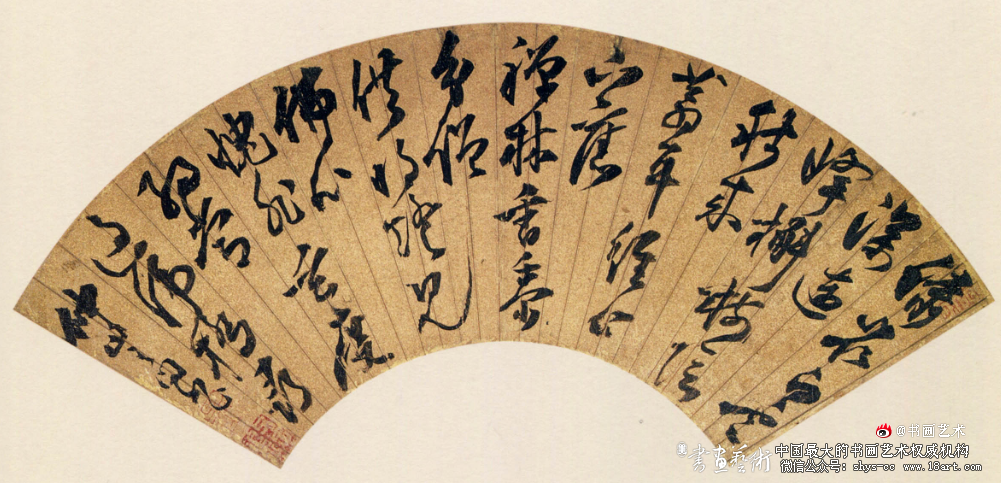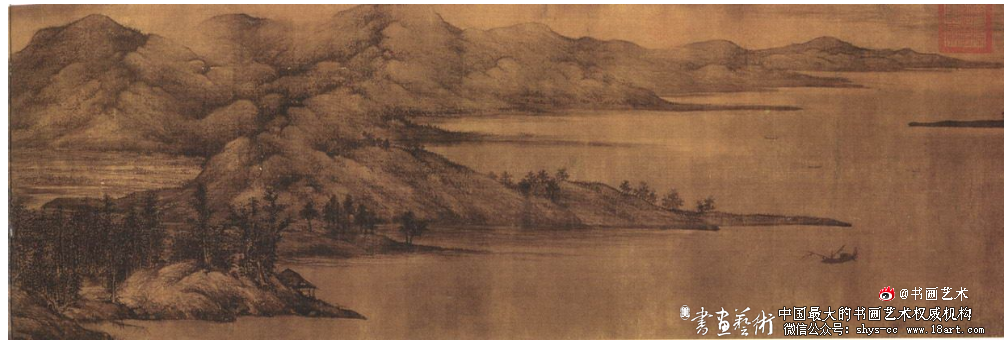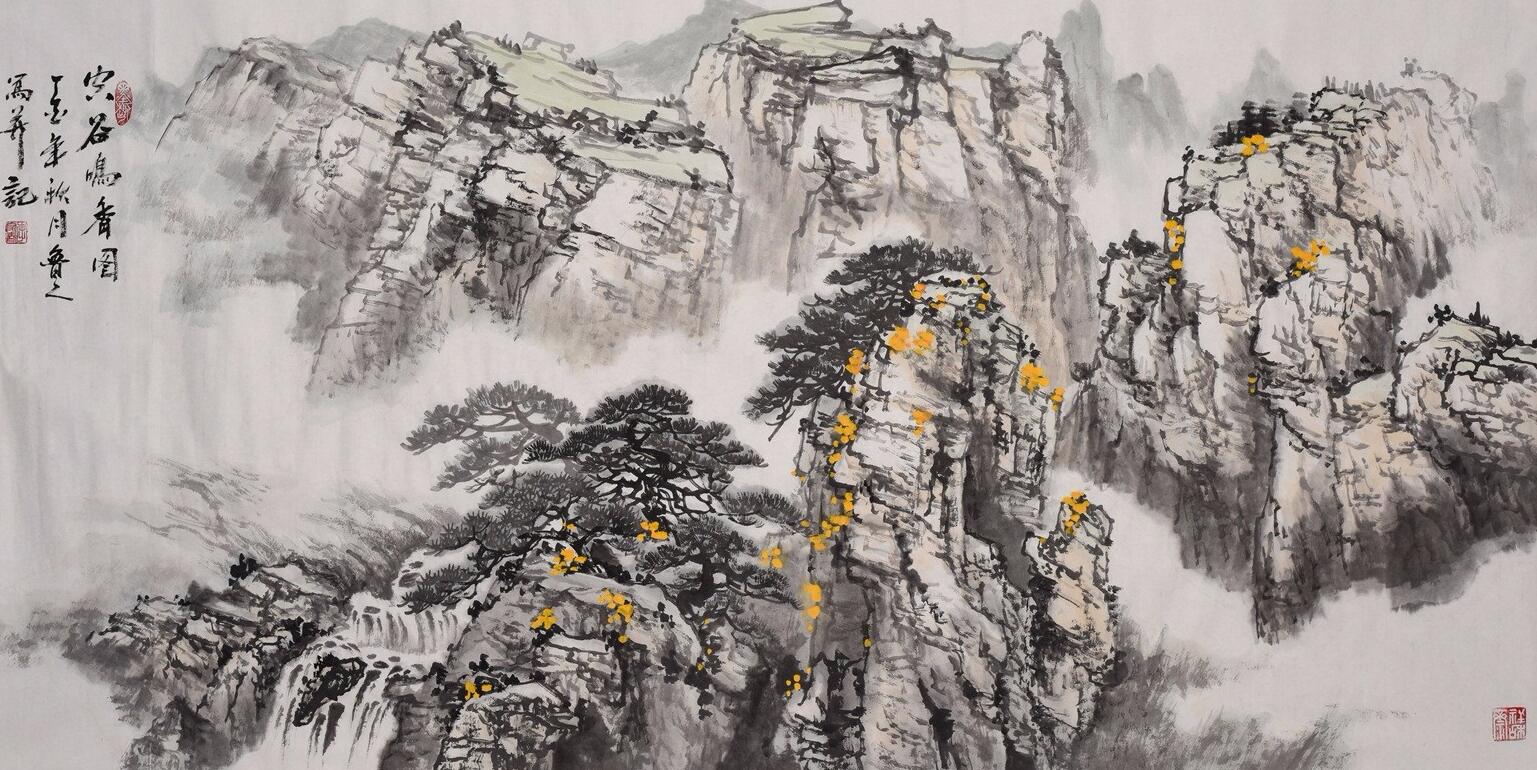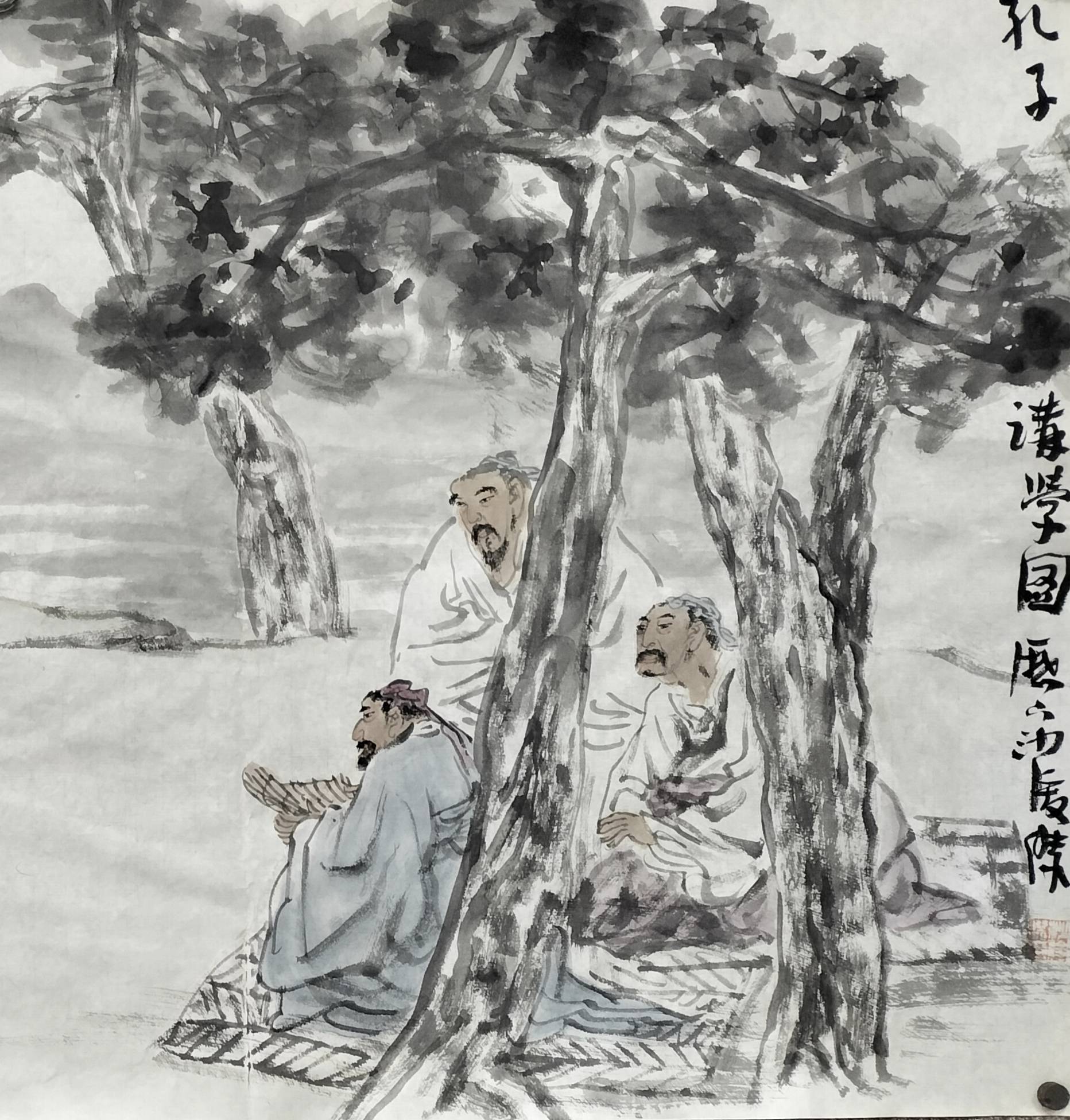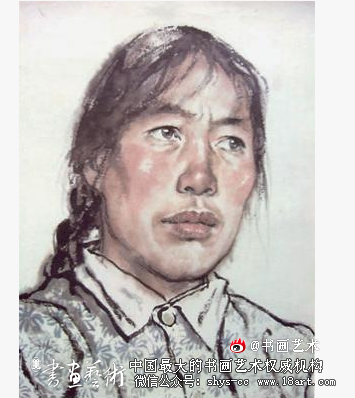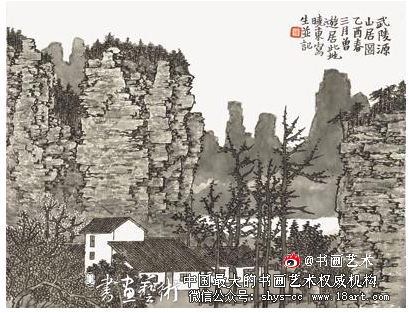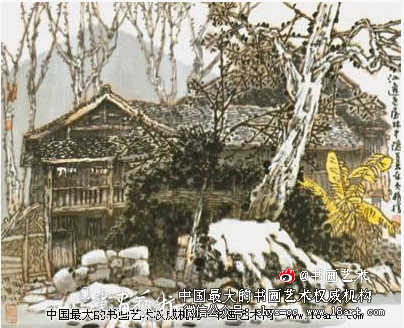书画艺术:王问草书七言古风卷
大家好,中国古代工匠精神的代表建筑「工匠世家」很多人还不知道,现在让我们一起来看看吧!
本期编辑/上海雅舍辛乙堂
Yashe Studio
———————————
中国人素来讲究安居乐业,“住”向来受到国人的重视。建筑是人们记忆的载体,更是文脉的延续。古建筑是中国的一张亮丽名片,几乎每个城市都有属于他自己的城市地标:北京的故宫长城颐和园、西藏的布达拉宫、贵州的西江千户苗寨、分布在晋赣鄂湘的四大名楼、福建土楼等等,而“工匠精神”则是这些脍炙人口的古建筑的灵魂。
Chinese people have always stressed living and working in peace and contentment, and "living" has always been valued by Chinese people. Architecture is the carrier of people's memory and the continuation of the context. Ancient buildings are a bright name card of China... The "craftsman spirit" is the soul of these popular ancient buildings.
在那个没有钢筋混凝土,没有发达的现代科技建造技术的年代,中国人凭借自己的智慧与带着信仰的工匠精神,设计出精巧的卯榫相扣结构,雕梁画栋,使古建筑在成百上千年的风雨中依然巍然屹立。
In that era, when there was no reinforced concrete and no advanced modern scientific and technological construction technology, the Chinese people, relying on their own wisdom and the spirit of craftsmen with faith... making the ancient buildings still stand tall in the wind and rain for hundreds of years.
每每参观这些古代建筑时,心中都肃然起敬,不论是为名为利为职责为信仰,他们将一代甚至好几代人的生命都投入到一件伟大的事业中,用“工匠精神”铸造建筑人生,所谓“从前车马很慢,书信很远,一辈子只够爱一个人”,那种安分、知足和执着,在现世都弥足珍贵。
When I visit these ancient buildings, I always feel revered. Whether for the sake of profit or duty or belief, they devote the lives of a generation or even several generations to a great cause. They use the "craftsmanship spirit" to forge the architectural life.
独一无二的榫卯
独一无二的榫卯结构,不但可以承受较大的荷载,而且允许一定程度的变形,可以有效减小结构的地震响应。
The unique mortise tenon structure can not only bear large loads, but also allow a certain degree of deformation, which can effectively reduce the seismic response of the structure.
成千上万个零件紧密结合形成一个整体,使得整个建筑犹如从泥土中生长出来一般。这不仅是对匠人制造工艺的考验,更是对规划者统筹能力的磨炼。
Thousands of parts are closely combined to form a whole, making the whole building grow out of the soil. This is not only a test of the craftsmanship, but also a test of the overall planning ability of planners.
五彩缤纷的彩绘
彩绘的历史,就是一部古代房屋装修史。所谓彩绘,又称油漆彩画,可不是简单地在墙壁上涂涂画画,其在用料、颜色、构图上极其讲究。
The history of color painting is a history of ancient house decoration. The so-called color painting, also known as paint color painting, is not simply painting on the wall. It is extremely particular about materials, colors and composition.
中国古代建筑多是木结构,时间长了容易被虫蛀、风雨侵蚀,彩绘的出现源于工匠们给这些木结构建筑防腐防虫、延长寿命的需求。最初,古代匠人只是在木件的表面涂上红色或黑色的油漆,后来,随着经济生活水平提高,人们开始追求雕梁画栋,彩绘艺术发展演进为具有特色的古建筑装饰艺术。
Most ancient Chinese buildings are wooden structures, which are easy to be eaten by insects and eroded by wind and rain over a long period of time. The emergence of color painting stems from the demand of craftsmen for anti-corrosion and insect prevention of these wooden structures and for prolonging their life...
早在春秋时期,古人就将房屋梁架上的短柱画上水藻纹样,历经秦汉、南北朝、唐宋发展,云气、佛教元素图案等都曾进入房屋装饰纹饰。特别是宋代,建筑彩画进一步规范,工匠们把工作重点移到了房屋的斗拱、额枋,有包括五彩遍装在内的多达六种做法,颜色是以青绿为主的冷色基调,程序也非常讲究,宋人在《营造法式》里写得很详细。
As early as the Spring and Autumn Period, the ancients painted algae patterns on the short columns on the beams of houses. After the development of the Qin and Han Dynasties, the Southern and Northern Dynasties, the Tang and Song Dynasties, cloud and Buddhist elements have all entered the house decoration.
精美绝伦的雕刻
古建筑雕刻的表现手法主要有浮雕、透雕和圆雕。浮雕又分为高浮雕、浅浮雕、线刻等。这些古建筑中的木雕、石雕、砖雕,一方面承载着当时人们对生命的祈望和精神的寄托,另一方面也反映了同时期建筑艺术所承载的社会精神、文化元素,是中华民族重要的文化遗产。
The expression methods of ancient architectural sculpture mainly include Relief, openwork and round sculpture. Relief is also pided into high relief, shallow relief, line carving, etc.
The wood carvings, stone carvings and brick carvings in these ancient buildings, on the one hand, bear people's hopes for life and spiritual sustenance at that time, on the other hand, they also reflect the social spirit and cultural elements carried by the architectural art of the same period, and they are important cultural heritage of the Chinese nation.
那些随处可见的砖雕、木雕、石雕,将对美好生活的期盼与祝福,通过每一处细致深入的刻画,把它们恰到好处地展现出来。古人云:“无刻不成屋,有刻斯为贵”。雕刻,是一种中国民间艺术工艺,工匠们在木石砖瓦上雕以图案、花纹,雕刻方法复杂多样,风格古典而清雅,为中国建筑增添了一道独特的风景线。
The brick, wood and stone carvings that can be seen everywhere will show their expectations and blessings for a better life through each detailed and in-depth portrayal. The ancients said, "No room can be built without a moment, and it is valuable to have a moment.". Carving is a kind of Chinese folk art craft.
千百年前的工匠耗尽几十年功力,一刀一刻雕成精美的图案,让人不由感叹古建筑的来之不易。
Thousands of years ago, craftsmen used up their skills for decades to carve beautiful patterns with one knife and one moment, which makes people exclaim that ancient buildings are hard won.

